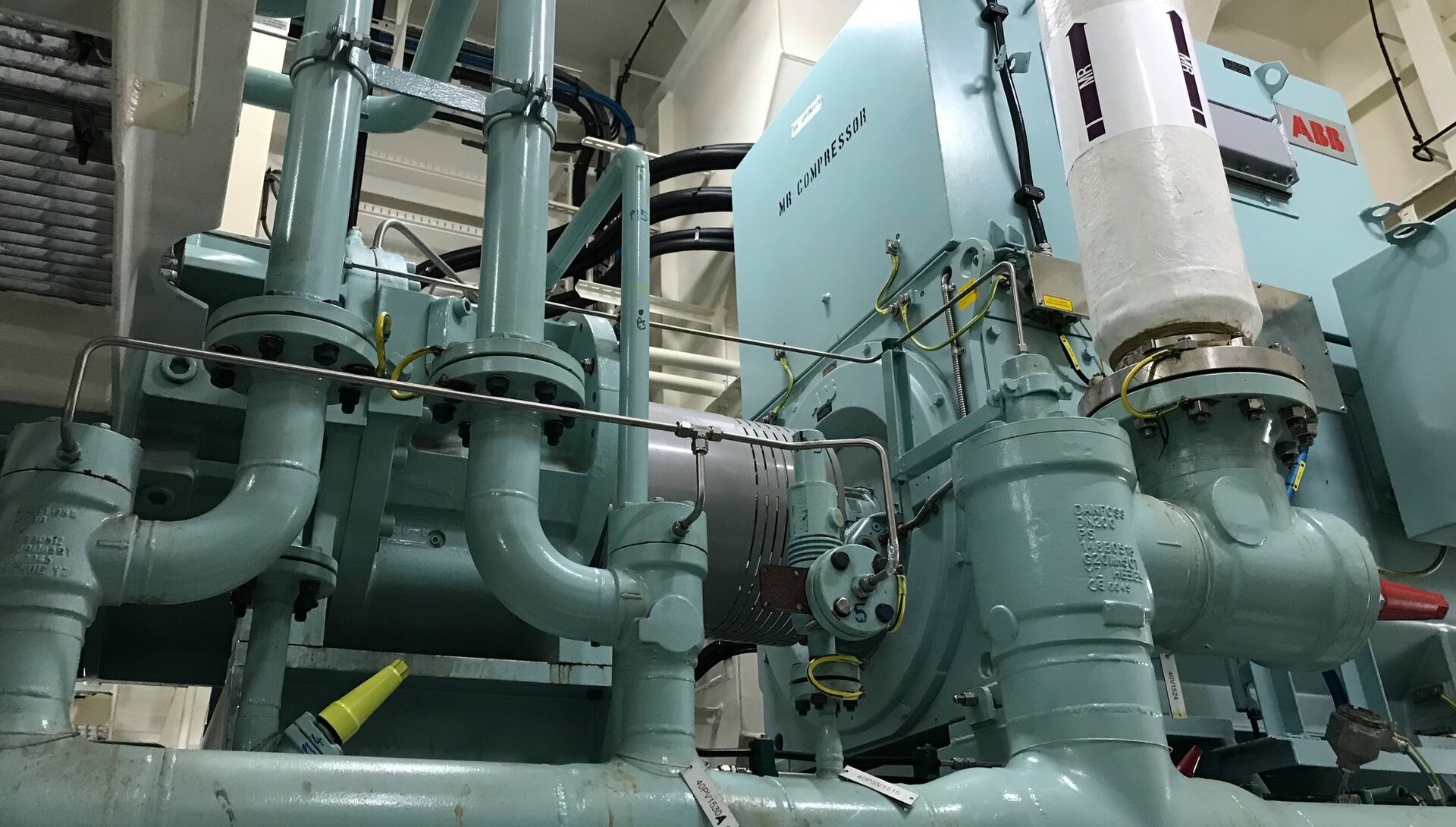Refrigeration is responsible for about 18% of worlds global energy consumption.
The impact of refrigeration upon global warming must be addressed to mange our current climate emergency. We require a reduction of the direct emissions from hydroflurocarbons (HFC) in the atmosphere through better management of refrigerants. We also need to focus on our energy consumption by increasing energy efficiency of refrigerating systems.

Natural Refrigerants are found abundantly in nature, in many cases they are much more suitable and efficient to use. Naturals, do not deplete the ozone layer and have lesser impact than synthetic chemicals.
The big five.
We have the technology to use these environmentally friendly refrigerants today. There is no need to sustain the use of damaging hydroflurocarbons.
Ammonia
Anhydrous Ammonia or Refrigerant R717 is made up of simply Hydrogen and Nitrogen (NH3). It is the most efficient refrigerant and is on the way to being produced sustainably through wind and hydro generated electrolysis. Its Global warming potential is 0 as is its ozone depletion. Its biggest downfall is the misguided fear surrounding its toxicity. In New Zealand, we have only had 7 recorded fatalities due to overexposure in the last 150 years.
Carbon Dioxide
Carbon Dioxide or CO2, otherwise known as R744, is non flammable as well as non toxic. CO2 is now being retrofitted into a number of small to large commercial operations, in both sub critical and Trans-critical applications. CO2 has high performance characteristics and is a good choice to replace synthetics.
Hydrocarbons
Hydrocarbons or "flammables" such as Propane, Pentane and Butane are excellent refrigerants, they are already used within most modern residential and small commercial appliances. HC's have negligible global warming potential.
Water
R718 or as it is more known, H2O has excellent thermodynamic properties and is extremely stable. The thermodynamic cycle occurs in a vacuum which requires turbine compressors due to the need for high refrigerant mass flow. Water is cheap, readily available, non flammable, non toxic and poses no environmental threat.
Air
Air is a practical refrigerant, it has been used in various applications throughout history but current technology limits its efficiency. The best characteristics are it's vast abundance and it's completely harmless to the environment.
